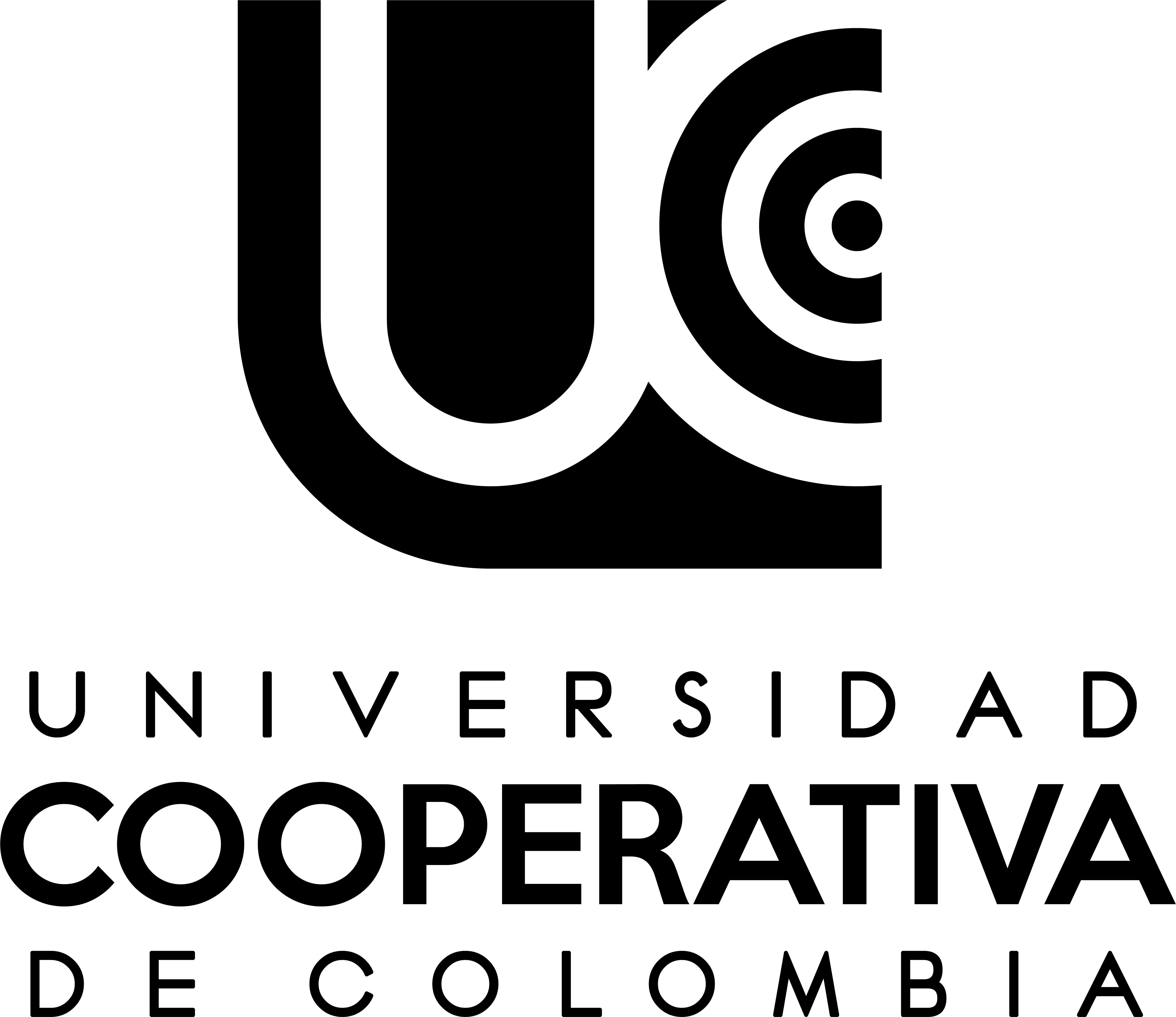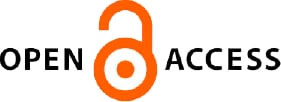Hábitos orales perniciosos : revisión de literatura. Parte II

Universidad Cooperativa de Colombia
Res. Ortod.
email: revista.odontologia@ucc.edu.co

Universidad CES
Ortod.
email: revista.odontologia@ucc.edu.co

Universidad CES
Ortod.
email: revista.odontologia@ucc.edu.co
Existen hábitos orales perniciosos y posturas adoptadas durante actividades que se realizan diariamente, que son potencialmente nocivas y pueden influir en el desarrollo de una maloclusión. Esta revisión de literatura tiene como propósito considerar los hábitos que no son evaluados comúnmente por los odontólogos, y para ello se realizó una búsqueda de la literatura actual acerca de dichas actividades, la cual permita detectarlos, corregirlos y evitar que generen daños en el sistema estomatognático.
Subtelny JD. Oral habits. Studies in form, function, and therapy. Angle Orthod. 1973; 43: 349-83.
Bosnjak A, Vucicevic-Boras V, Miletic I, Bozic D, Vukelja M. Incidence of oral habits in children with mixed dentition. J Oral Rehabil. 2002; 29: 902-5.
Gavish A, Halachmi M, Winocur E, Gazit E. Oral habits and their association with signs and symptoms of temporomandibular disorders in adolescent girls. J Oral Rehabil. 2000; 27: 22-32.
Gois EG, Ribeiro-Junior HC, Vale MP, Paiva SM, Serra- Negra JM, Ramos-Jorge ML et al. Influence of nonnutritive sucking habits, breathing pattern and adenoid size on the development of malocclusion. Angle Orthod. 2008; 78: 647-54.
Josell SD. Habits affecting dental and maxillofacial growth and development. Dent Clin North Am. 1995; 39: 851-60.
Straub WJ. The etiology of the perverted swallowing habit. Am J Orthod. 1951; 37: 603-10.
Brauer JS, Holt TV. Tongue Thrust Classification. Angle Orthod. 1965; 35: 106-12.
Cleall JF. Deglutition: A Study of Form and Function. Am J Orthod. 1965; 51: 566-94.
Fletcher SG, Casteel RL, Bradley DP. Tongue-thrust swallow, speech articulation, and age. J Speech Hear Disord. 1961; 26: 201-8.
Subtelny JD. Malocclusions, orthodontic corrections and orofacial muscle adaptation. Angle Orthod. 1970; 40: 170-201.
Cárdenas D. Fundamentos de odontología pediátrica. 2a. ed. Bogotá: cib; 2000.
Meyer-Marcotty P, Hartmann J, Stellzig-Eisenhauer A. Dentoalveolar open bite treatment with spur appliances. J Orofac Orthop. 2007; 68: 510-21.
Singh SP, Utreja A, Chawla HS. Distribution of malocclusion types among thumb suckers seeking orthodontic treatment. J Indian Soc Pedod Prev Dent. 2008; 26 (Suppl 3): S114-117.
Sweet CA. Thumb- and finger-sucking by children. Am J Orthod. 1948; 34: 1017.
Zadik D, Stern N, Litner M. Thumb- and pacifier-sucking habits. Am J Orthod. 1977; 71: 197-201.
Aliboni V. Uso del chupete: hallazgos preliminares. Arch Argent Pediatr. 2002; 100(2): 114-9.
Heb C. Los chupones satifacen la necesidad natural de succionar. Taller de expertos: “efectos de los chupones en la mandíbula y desarrollo bucal”. Hamburgo. 2010. http:// www.nukargentina.com.ar/userdata/Soothers_ES.pdf
Lozano M. Uso del chupete y lactancia materna. An Pediatric (Barc). 2011; 271e: 1-5.
Matínez L. Uso del chupete: beneficios y riesgos. Anales Españoles de Pediatría. 2000; 53: 6.
Canadian Paediatric Society, Commmunity Paediatrics Committee. Recommendations for the use of pacifiers. Paediatr Child Health. 2003; http://www.cps.ca/documents/ position/pacifiers
Ballinger BR. The prevalence of nail-biting in normal and abnormal populations. Br J Psychiatry. 1970; 117: 445-6.
Hill JM. Nail biting; incidence, allied personality traits and military significance. Am J Psychiatry. 1946; 103: 185-7.
Pelc AW, Jaworek AK. Interdisciplinary approach to onychophagia. Przegl Lek. 2003; 60: 737-9.
Tanaka OM, Vitral RW, Tanaka GY, Guerrero AP, Camargo ES. Nailbiting, or onychophagia: a special habit. Am J Orthod Dentofacial Orthop. 2008; 134: 305-8.
Bjerregaard J, Bundgaard AM, Melsen B. The effect of the mandibular lip bumper and maxillary bite plate on tooth movement, occlusion and space conditions in the lower dental arch. Eur J Orthod. 1980; 2: 257-65.
Davidovitch M, McInnis D, Lindauer SJ. The effects of lip bumper therapy in the mixed dentition. Am J Orthod Dentofacial Orthop. 1997; 111: 52-8.
Germec D, Taner TU. Lower lip sucking habit treated with a lip bumper appliance. Angle Orthod. 2005; 75: 1071-6.
Hashish DI, Mostafa YA. Effect of lip bumpers on mandibular arch dimensions. Am J Orthod Dentofacial Orthop. 2009; 135: 106-9.
Harari D, Redlich M, Miri S, Hamud T, Gross M. The effect of mouth breathing versus nasal breathing on dentofacial and craniofacial development in orthodontic patients. Laryngoscope. 2010; 120: 2089-93.
Ngan P, Fields HW. Open bite: a review of etiology and management. Pediatr Dent. 1997; 19: 91-8.
Warren DW. Effect of airway obstruction upon facial growth. Otolaryngol Clin North Am. 1990; 23: 699-712.
Brennan M, O’Connell B, O’Sullivan M. Multiple dental fractures following tongue barbell placement: a case report. Dent Traumatol. 2006; 22: 41-3.
Escudero-Castano N, Perea-Garcia MA, Campo-Trapero J, Cano S, Bascones-Martinez A. Oral and perioral piercing complications. Open Dent J. 2008; 2: 133-6.
Maheu-Robert LF, Andrian E, Grenier D. Overview of complications secondary to tongue and lip piercings. J Can Dent Assoc. 2007; 73: 327-331.
Mayers LB, Judelson DA, Moriarty BW, Rundell KW. Prevalence of body art (body piercing and tattooing) in university undergraduates and incidence of medical complications. Mayo Clin Proc. 2002; 77: 29-34.
Pearose MM, Perinpanayagam MK, ChinKit-Wells MD. Trends in oral piercing in Buffalo, New York, high schools. N Y State Dent J. 2006; 72: 30-2.
Goyenecha A. Morphology of tooth wear in clay pipe smokers. Antropología-Arqueología. 2001. http://www. yumpu.com/es/document/view/16027690/morfologa -a-del-desgaste-dentario-en-fumadores-de-pipasaranzadi
Captier G, Dessauge D, Picot MC, Bigorre M, Gossard C, El Ammar J et al. Classification and pathogenic models of unintentional postural cranial deformities in infants: plagiocephalies and brachycephalies. J Craniofac Surg. 2011; 22: 33-41.
Hibi H, Ueda M. Body posture during sleep and disc displacement in the temporomandibular joint: a pilot study. J Oral Rehabil. 2005; 32: 85-9.
Holmgren K, Sheikholeslam A, Riise C. Effect of a fullarch maxillary occlusal splint on parafunctional activity during sleep in patients with nocturnal bruxism and signs and symptoms of craniomandibular disorders. J Prosthet Dent. 1993; 69: 293-7.
Kelly KM, Littlefield TR, Pomatto JK, Manwaring KH, Beals SP. Cranial growth unrestricted during treatment of deformational plagiocephaly. Pediatr Neurosurg. 1999; 30: 193-9.
McKinney CM, Cunningham ML, Holt VL, Leroux B, Starr JR. A case-control study of infant, maternal and perinatal characteristics associated with deformational plagiocephaly. Paediatr Perinat Epidemiol. 2009; 23: 332-45.
Rogers GF. Deformational plagiocephaly, brachycephaly, and scaphocephaly. Part II: prevention and treatment. J Craniofac Surg. 2011; 22: 17-23.
Rogers GF. Deformational plagiocephaly, brachycephaly, and scaphocephaly. Part I: terminology, diagnosis, and etiopathogenesis. J Craniofac Surg. 2011; 22: 9-16.
Yamashita S, Ai M, Mizutani H. A new method for measuring nocturnal tooth contacts. J Oral Rehabil. 1993; 20: 525-32.
Herman E. Influence of musical instruments on tooth positions. Am J Orthod. 1981; 80: 145-55.
Dolphin. Retrusión mandibular. http://www.youtube. com/watch?v=QwU7b720RaI
Yeo DK, Pham TP, Baker J, Porters SA. Specific orofacial problems experienced by musicians. Aust Dent J. 2002; 47: 2-11.
Huber MA, Terezhalmy GT, Moore WS. Oral/perioral piercing. Quintessence Int. 2003; 34: 722-3.
Tabbaa S, Guigova I, Preston CB. Midline diastema caused by tongue piercing. J Clin Orthod. 2010; 44: 426-8.
Rogers A. Myofunctional treatment from a practical standpoint. Am J Orthod Oral Surg. 1940; 26.
Paarup HM, Baelum J, Holm JW, Manniche C, Wedderkopp N. Prevalence and consequences of musculoskeletal symptoms in symphony orchestra musicians vary by gender: a cross-sectional study. bmc
Musculoskelet Disord. 2011; 12: 223.
Grammatopoulos E, White AP, Dhopatkar A. Effects of playing a wind instrument on the occlusion. Am J
Orthod Dentofacial Orthop. 2012; 141: 138-45.
Rindisbacher T, Hirschi U, Ingervall B, Geering A. Little influence on tooth position from playing a wind instrument. Angle Orthod. 1990; 60: 223-8.
Kopp S. The temporomandibular joint: problems related to occlusal function. In: Mohl ND. A textbook of occlusion. Chicago: Quintessence; 1988.
Larena-Avellaneda J. Prevención de mordidas cruzadas en el niño. Una hipótesis de hace 100 años. Jueves Pediátrico. 2009. http://www.sepexpal.org/2009/03/
Mulliken JB, Vander Woude DL, Hansen M, LaBrie RA, Scott RM. Analysis of posterior plagiocephaly: deformational versus synostotic. Plast Reconstr Surg. 1999; 103: 371-80.
Austin DG. Special considerations in orofacial pain and headache. Dent Clin North Am. 1997; 41: 325-39.
Pedrero E. Adicción o abuso del teléfono móvil. Revi-sión de literatura. Adicciones. 2012; 24(2): 139-152.
Takao M, Takahashi S, Kitamura M. Addictive persona-lity and problematic mobile phone use. Cyberpsychol Behav. 2009; 12: 501-7.
Backer-Grondahl A, Fyhri A, Ulleberg P, Amundsen AH. Accidents and unpleasant incidents: worry in transport and prediction of travel behavior. Risk Anal. 2009; 29: 1217-26.
Hashem M. Impact and implications of new informa-tion technology on middle eastern youth. Global Media Journal. 2009; 8(14): versión on-line http://www.sepex-pal.org/2009/03/
Augner C, Hacker GW. Associations between proble-matic mobile phone use and psychological parameters in young adults. Int J Public Health. 2012; 57: 437-41.
Ha JH, Chin B, Park DH, Ryu SH, Yu J. Characteristics of excessive cellular phone use in Korean adolescents. Cyberpsychol Behav. 2008; 11: 783-84.
Solow B. Craniofacial posture: a factor in development and function on the dentofacial structure. Eur J Orthod. 2002; 24(5): 447-56.
Wanderley F. Alteraciones posturales y su repercusión en el sistema estomatognático. Acta Odontológica Ve-nezolana. 2008; 46(4): 1-10.
O autor deve declarar que seu trabalho é original e inédito e que não foi enviado à avaliação simultânea para sua publicação por outro meio. Além disso, deve garantir que não tem impedimentos de nenhuma natureza para a concessão dos direitos previstos no contrato.
O autor se compromete a esperar o parecer da Revista Nacional de Odontología antes de considerar sua apresentação a outro meio; caso a resposta de publicação seja positiva, compromete-se em responder por qualquer ação de reivindicação, plágio ou outro tipo de reclamação que possa ocorrer por parte de terceiros.
Ainda, deve declarar que, como autor ou coautor, está completamente de acordo com os conteúdos apresentados no trabalho e ceder todos os direitos patrimoniais, isto é, sua reprodução, comunicação pública, distribuição, divulgação, transformação e demais formas de utilização da obra por qualquer meio ou procedimento, pelo termo de sua proteção legal e em todos os países do mundo, ao Fundo Editorial da Universidad Cooperativa de Colombia, de maneira gratuita e sem compensação monetária.
Artigos mais lidos pelo mesmo(s) autor(es)
- Andrea Ocampo Parra, Natalia Parra Quintero, Paola María Botero Mariaca, Guía de erupción y extracción seriada , Revista Nacional de Odontología: Edición especial en Ortodoncia
- Andrea Ocampo Parra, Natalia Johnson García, María Clara Lema Álvarez, Hábitos orales comunes , Revista Nacional de Odontología: Edición especial en Ortodoncia









